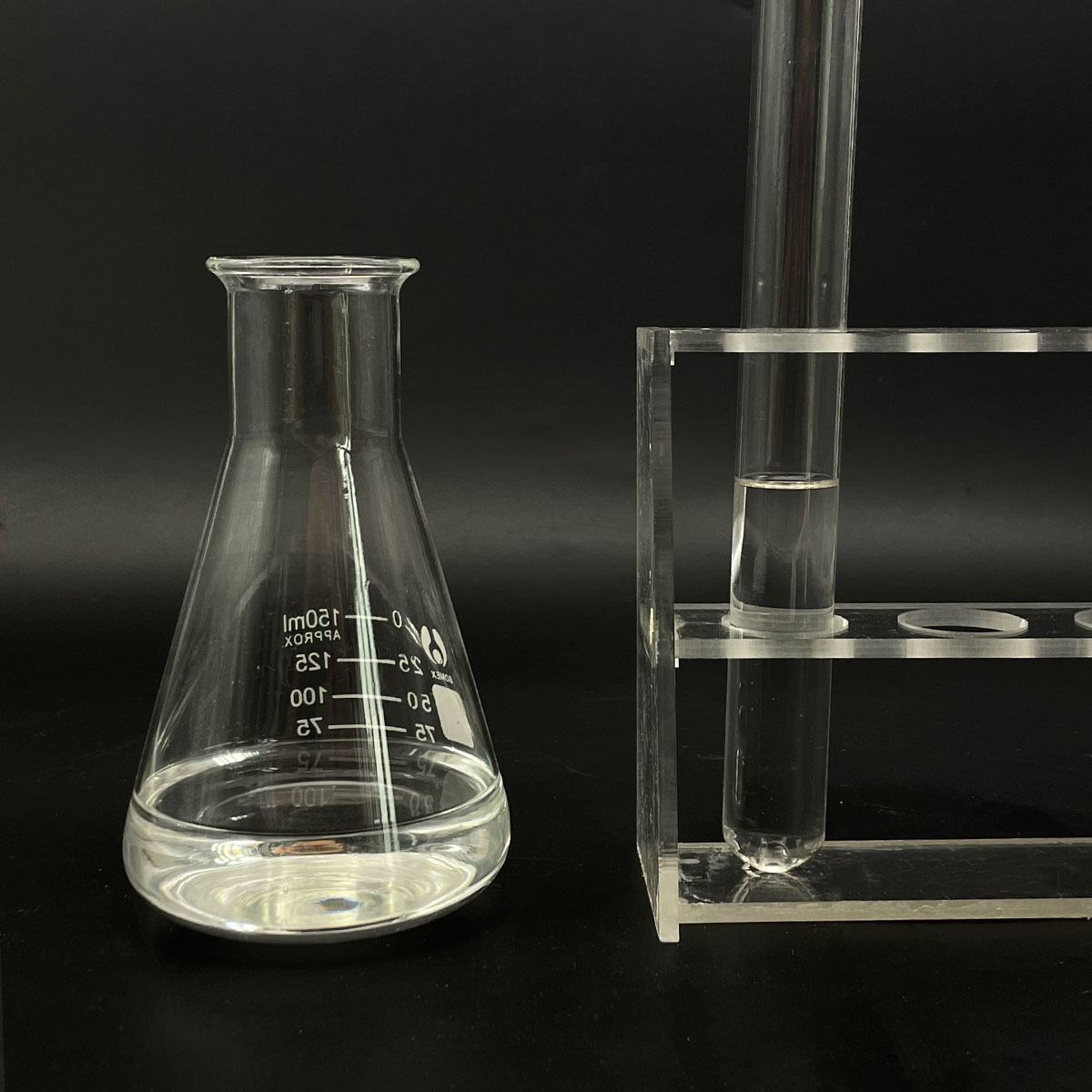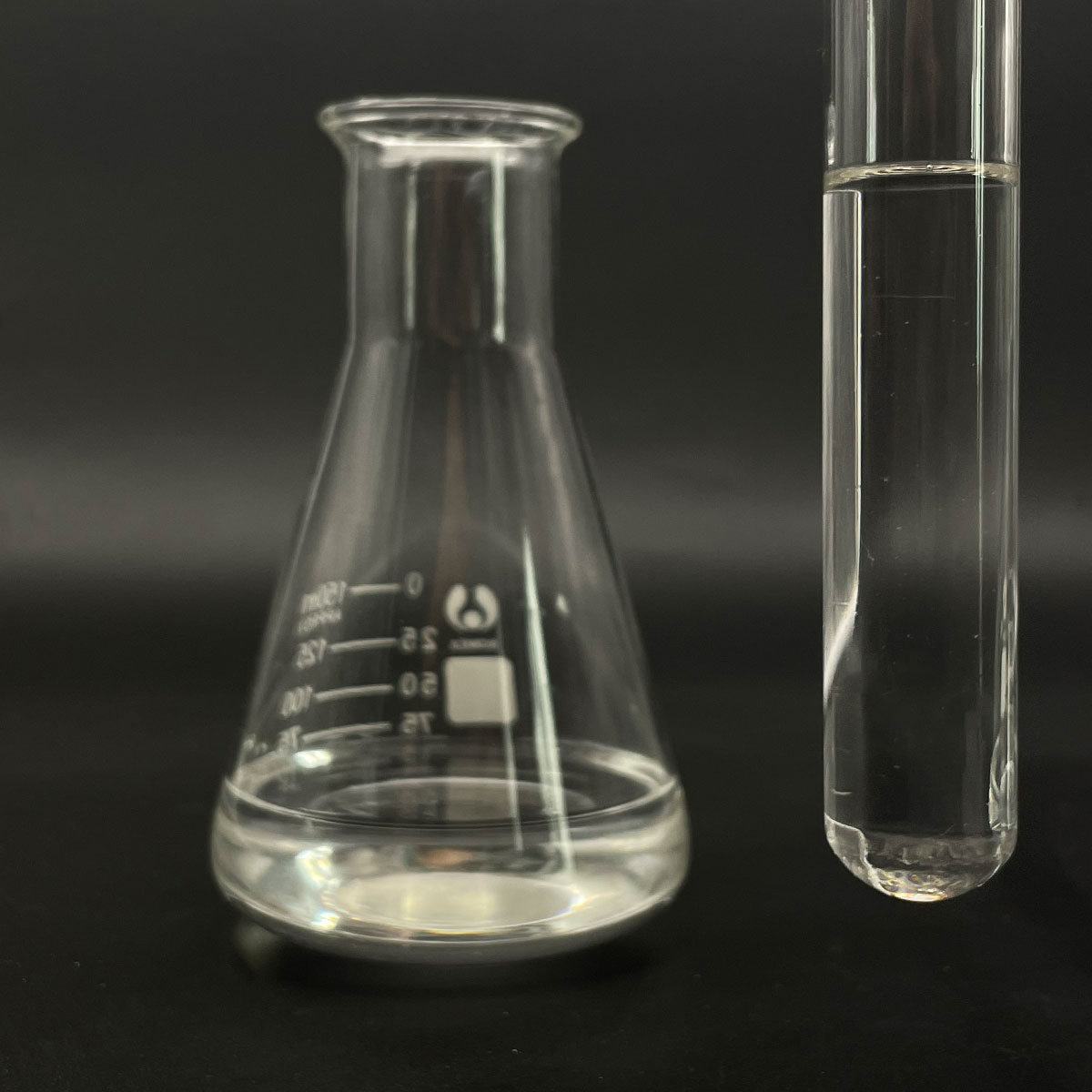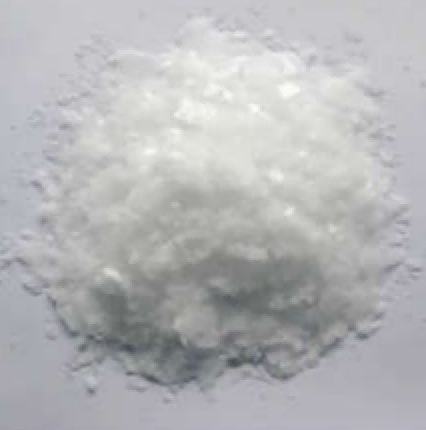1. Introduction
Just 24 hours ago, a major cosmetics retailer announced it would phase out sodium lauryl sulfate (SLS) from over 200 of its private-label shampoos and body washes by 2025, citing growing consumer demand for gentler, bio-based surfactants. This move reflects a broader industry shift toward milder alternatives like decyl glucoside and sodium cocoyl glutamate—but what exactly is SLS, and why is it so widely used?

In this guide, we’ll break down everything you need to know about sodium lauryl sulfate, from its chemistry to its role among anionic, cationic, and amphoteric surfactants. Whether you’re formulating a new skincare product or just curious about that ingredient list, you’ll walk away with a clear understanding.
2. What Is Sodium Lauryl Sulfate?
Sodium lauryl sulfate—also known as sodium dodecyl sulfate (SDS), natrium lauryl sulfate, or simply SLS—is a powerful anionic surfactant. The terms ‘sls sodium lauryl sulfate,’ ‘na lauryl sulfate,’ and ‘lauryl sulfate’ all refer to the same compound. It’s derived from lauryl alcohol (often sourced from coconut or palm kernel oil) and is prized for its ability to create rich lather and remove oils effectively.
As a surfactant, SLS lowers surface tension between liquids or between a liquid and a solid. This ‘meaning of surfactant’ is key: surfactants help water spread, mix with oil, and lift away dirt—making them essential in everything from toothpaste to herbicides.
3. How SLS Compares to Other Common Surfactants
3.1. SLS vs. Sodium Laureth Sulfate (SLES)
Many confuse sodium lauryl sulfate with sodium laureth sulfate (also called sodium lauryl ether sulfate, sodium lauryl ether sulphate, or laureth sulphate). While both are anionic surfactants, SLES is ethoxylated—meaning it’s been treated with ethylene oxide—which makes it milder on the skin. You’ll often see ‘sls sodium laureth sulfate’ listed together on labels, but they’re distinct chemicals.

SLES (or sulfate laureth) is less irritating than SLS, which is why it’s preferred in shampoos and baby products. However, concerns about 1,4-dioxane contamination in ethoxylated surfactants have led some brands to avoid it entirely.
3.2. Gentler Alternatives: Amphoteric and Non-Ionic Surfactants
To reduce irritation, formulators often blend SLS with amphoteric surfactants like cocamidopropyl betaine (also labeled as coco betaine, amidopropyl betaine, or coco amido propyl betaine). These work well across a range of pH levels and foam nicely without stripping skin.
Non-ionic surfactants like polysorbate 80, Span80, Pluronic 127 (poloxamer 188), and alkyl polyglucosides (e.g., decyl glucoside, coco glucoside) are even milder. They don’t carry a charge, making them ideal for sensitive skin and eco-friendly products.
3.3. Bio-Based and Specialty Surfactants
The rise of ‘bio surfactants’ has introduced options like sodium cocoyl isethionate, sodium lauroyl sarcosinate (a sarcosinate derivative), and sodium coco sulfate (sometimes called coco sodium sulfate). These are derived from natural sources and biodegrade more easily.
Other niche surfactants include sodium dodecylbenzene sulfonate (used in detergents), cetyl trimethyl ammonium bromide (CTAB, a cationic surfactant), and fluoro surfactants for industrial applications. Even methylated seed oil and lignin sulfonate serve as surfactants in agricultural formulations.

4. Uses Beyond Personal Care
While SLS is famous in toothpaste and shampoo, it’s also used as a surfactant for herbicides and weed killers. In agriculture, it acts as a lawn wetting agent or wetting agent for grass, helping active ingredients stick to waxy plant leaves.
Surfactant for herbicides often includes nonionic surfactant types like ethoxylated alcohol or polysorbate 80. Some formulations even use sodium deoxycholate or sodium oleate for specific solubilizing effects.
5. Safety and Misconceptions
Despite viral claims, SLS is not carcinogenic. Regulatory bodies like the FDA and EU SCCS consider it safe at typical use concentrations (usually 1–15%). However, it can cause irritation in sensitive individuals—especially at high concentrations or with prolonged exposure.
That’s why many brands now opt for blends: pairing a small amount of SLS with cocamidopropyl or sodium lauroyl methyl isethionate to maintain cleaning power while reducing harshness.
6. Where to Source SLS
For manufacturers, ‘sodium lauryl sulfate for sale’ is widely available from chemical suppliers globally. Companies like Rohit Surfactants Private Limited specialize in surfactant production, offering both SLS and alternatives like ammonium lauryl sulfate (also known as ammonium dodecyl sulfate or ammonium lauryl sulphate).
Note: Copper 1 bromide and other lab reagents are unrelated to consumer surfactants—don’t confuse industrial chemicals with cosmetic-grade ingredients.
7. Conclusion
Sodium lauryl sulfate remains one of the most effective and economical anionic surfactants available. While newer, gentler options like alkyl polyglucosides and sarcosinates are gaining ground, SLS isn’t going away anytime soon—especially in applications where strong cleansing is needed. Understanding its role among anionic, cationic, amphoteric, and non-ionic surfactants helps you make informed choices, whether you’re formulating products or reading a label at the store.
Our Website founded on October 17, 2012, is a high-tech enterprise committed to the research and development, production, processing, sales and technical services of ceramic relative materials such as Understand. Our products includes but not limited to Boron Carbide Ceramic Products, Boron Nitride Ceramic Products, Silicon Carbide Ceramic Products, Silicon Nitride Ceramic Products, Zirconium Dioxide Ceramic Products, etc. If you are interested, please feel free to contact us.


